CARING WITH FAMILY
|
| The tendency for a dog breed to exhibit affection varies significantly from one breed to another and within breeds, from one individual to another. Some dogs may reserve their affection exclusively for their owner maintaining a certain aloofness with others. In contrast, other breeds are known for their exuberant friendliness treating anyone familiar with the same enthusiastic affection they show their owner. |
LOVE WITH CHILDREN
Unwise
Good With Children
|
| A dog breed's patience and tolerance for children's behavior as well as its inherent family-friendly attributes can significantly influence a family's decision when choosing a pet. It's important to note that while some breeds are celebrated for their gentle demeanor and patience with the often unpredictable actions of children supervision is still crucial when dogs interact with young ones. |
BEHAVIOR WITH DOGS
Unwise
Good With Other Dogs
|
| The innate sociability of a dog breed with other dogs is an important consideration for owners who hope to have a multi-dog household or who frequently visit dog parks or other social settings. While all dogs should be supervised when meeting new canine companions certain breeds are predisposed to be more amiable with their fellow dogs whether at home or during outings. |
SHEDDING LEVELS & MANAGEMENT
No Shedding
Hair Everywhere
|
| The amount of fur a dog breed sheds can vary greatly, impacting the level of grooming required and the degree of cleaning necessary around the house. Breeds that are known for high shedding will naturally lose more hair often requiring a rigorous grooming routine to manage the loose fur. These breeds might necessitate more frequent brushing to help control shedding and may also contribute to a greater chance of triggering allergies sensitive to pet dander and hair. |
COAT GROOMING STANDARDS
|
| When contemplating the grooming demands of different breeds, take into account the regularity with which they'll need baths, brushings, haircuts or any other form of fur care. Reflect on the amount of time level of patience and financial resources you're willing to dedicate to these grooming tasks. Keep in mind, too that nail clipping is a universal necessity for all breeds. |
DROOLING INTENSITY
Less Likely to Drool
Always Have a Towel
|
| Consider the tendency of a breed to drool. If you prefer cleanliness and order opting for a dog that might drape your arm with dribbles of drool or leave large damp patches on your attire could clash with your lifestyle |
COAT STYLES GUIDE |
| Double |
| COAT SPECTRUM |
| Medium |
FRIENDLINESS
Reserved
Everyone Is My Best Friend
|
| Take into account a breed's inclination to be friendly with unfamiliar people. Certain breeds may naturally be wary or hesitant with strangers, no matter the setting whereas others are almost always delighted at the prospect of greeting a new person whenever the opportunity arises! |
LIVELINESS
Only When You Want To Play
Non-Stop
|
| Consider a breed's zest for play, which can persist beyond their puppy days. Certain breeds will retain their eagerness for energetic games like tug-of-war or fetch well into their mature years. Meanwhile, others are more content to simply lounge on the sofa with you for the majority of the day. |
VIGILANCE INTENSITY
What's Mine Is Yours
Vigilant
|
| Consider how likely a breed is to inform you about the presence of strangers. Such breeds are often more vigilant and prone to respond to anything they perceive as a potential threat—even if it's just the mailman or a squirrel scampering past the window. However, these same breeds can become quite receptive towards strangers who come into the home once they recognize that these individuals are welcomed by their family. |
ADAPTATION CAPACITY
Lives For Routine
Highly Adaptable
|
| Reflect on a breed's adaptability to change, which covers alterations in living conditions, levels of noise, weather fluctuations, daily routines and other day-to-day shifts. Some breeds adjust more seamlessly to new circumstances while others may need extra care and time to acclimate to changes in their environment. |
OBEDIENCE LEVEL
Self-Willed
Eager to Please
|
| Consider the ease with which you'll be able to train your dog alongside their eagerness to embrace new knowledge. There are breeds that seem to live to please their owners readily learning new commands or tricks. In contrast some other breeds display a more independent streak preferring to follow their own whims whenever and wherever the mood strikes them! |
STAMINA LEVEL
|
| Take into account the level of physical activity and mental engagement a breed requires. Breeds with high energy are always on the go brimming with enthusiasm for their next escapade. They typically devote their days to running, leaping and playing. On the other end of the spectrum the low-energy breeds are the canine equivalent of couch potatoes—quite content to lounge and doze the day away. |
VOCALIZATION
|
| Medium |
LEARNING CURIOSITY LEVEL
Happy to Lounge
Needs a Job or Activity
|
| Reflect on the amount of mental exercise a breed requires to maintain its happiness and health. Dogs bred for specific roles may need tasks that involve making choices, solving problems and focusing, among other cognitive activities. If they're not provided with sufficient mental stimulation they'll invent their own assignments to stay intellectually engaged — and these may not align with the sort of projects you'd prefer. |
| COLORS |
|
Description
|
Registration Code
|
|
Black
|
007
|
|
Blue Merle
|
050
|
|
Red
|
140
|
|
Red Merle
|
276
|
|
| PATTERNS |
|
Description
|
Registration Code
|
|
Tan Points
|
029
|
|
White Markings
|
014
|
|
White Markings, Tan Points
|
030
|
|



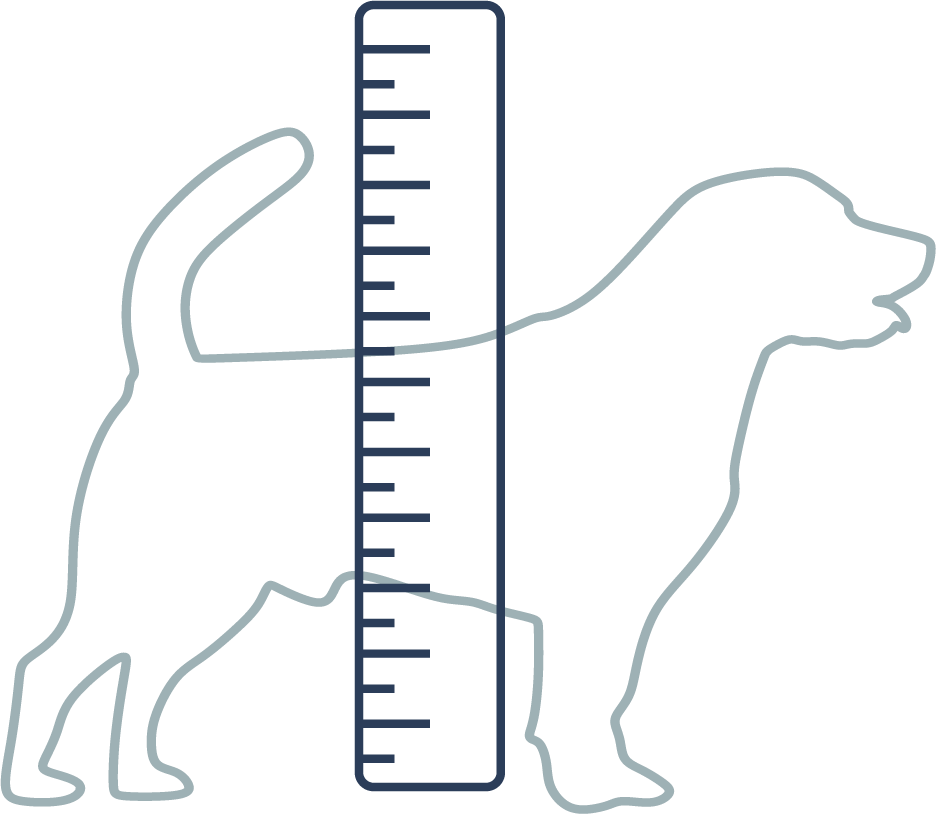


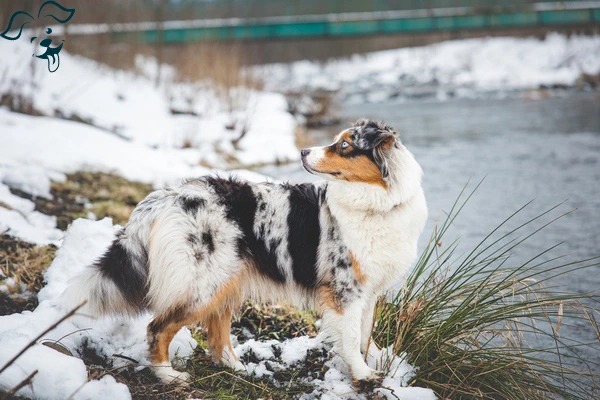
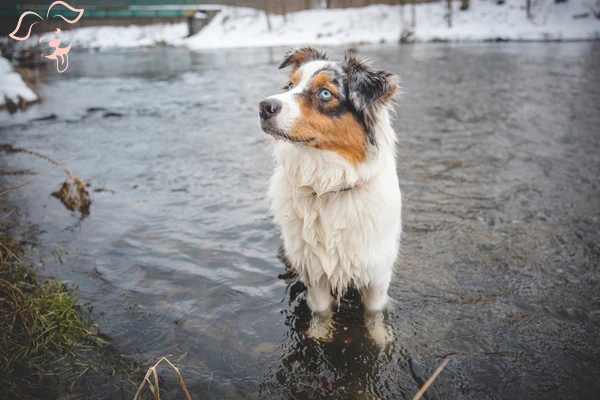
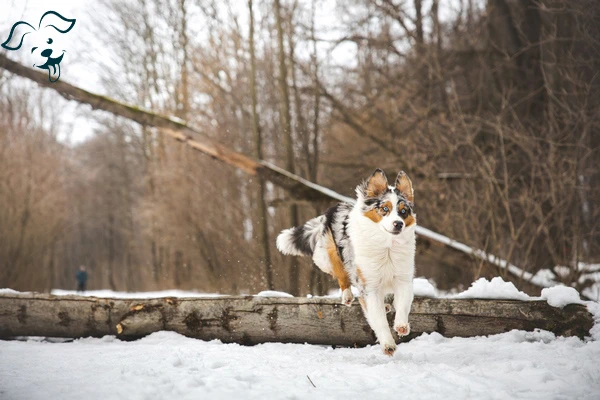






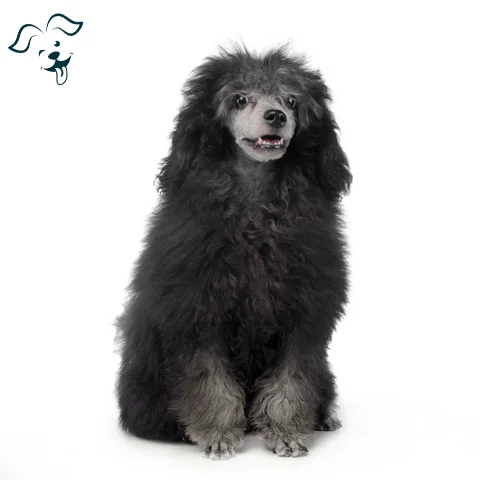


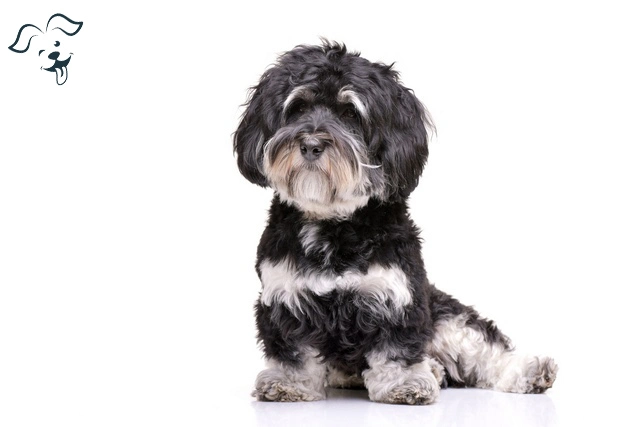
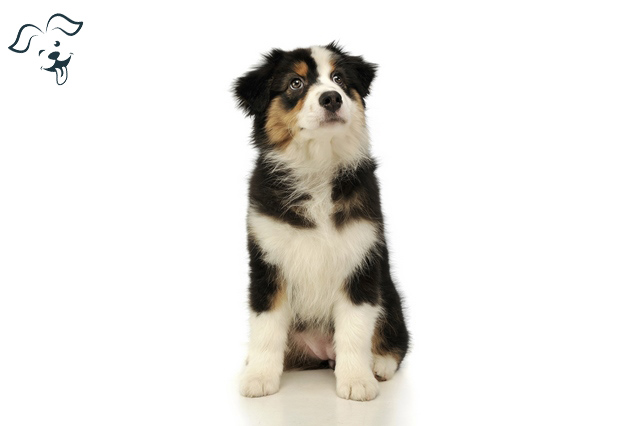

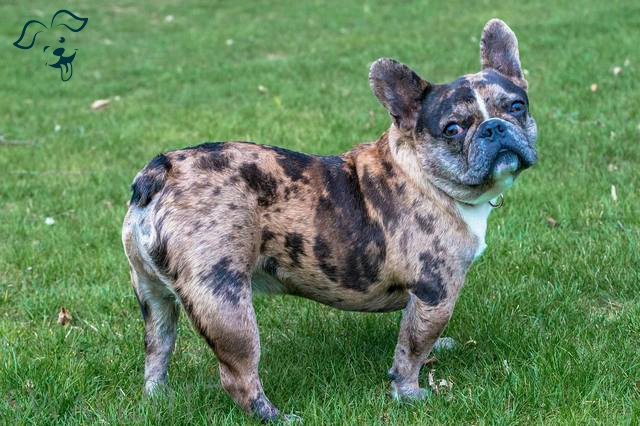
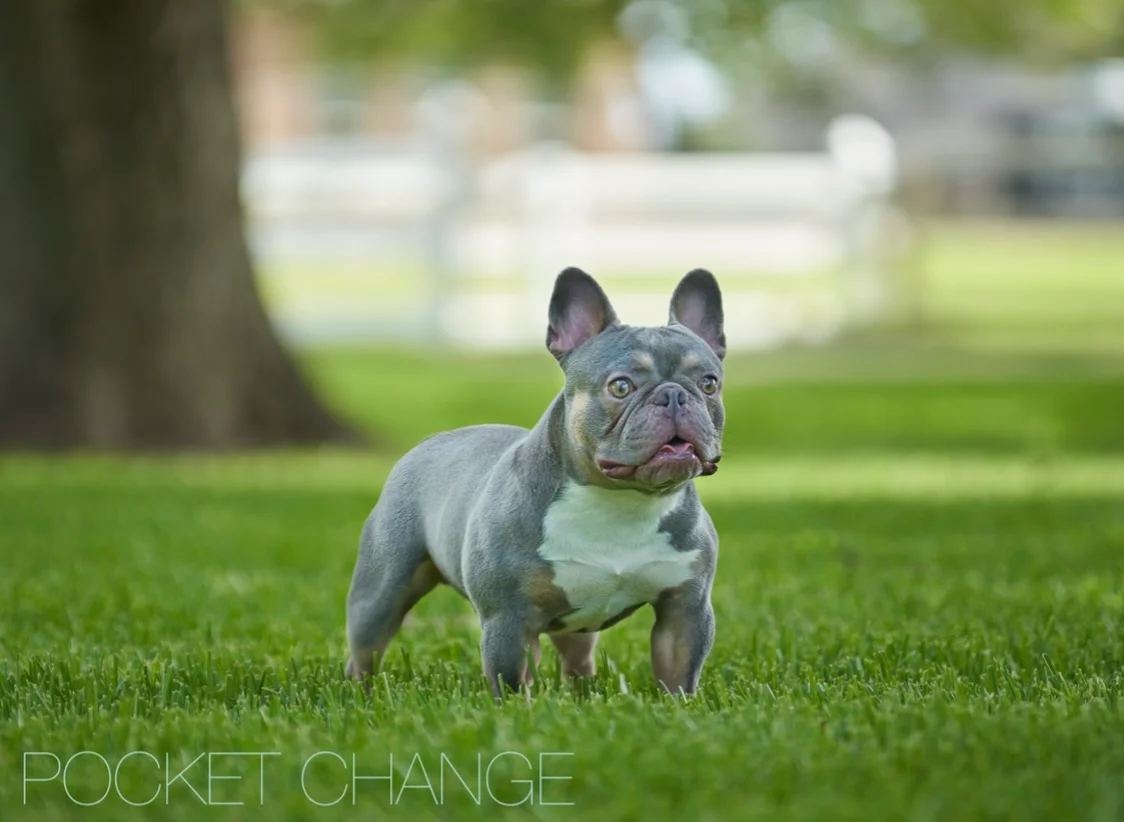
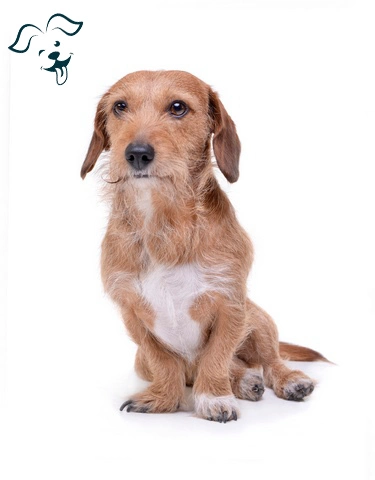

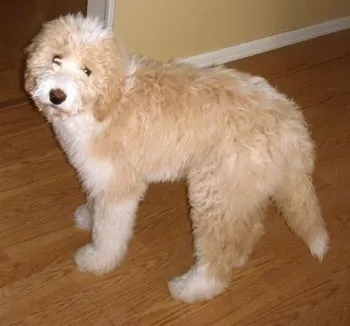


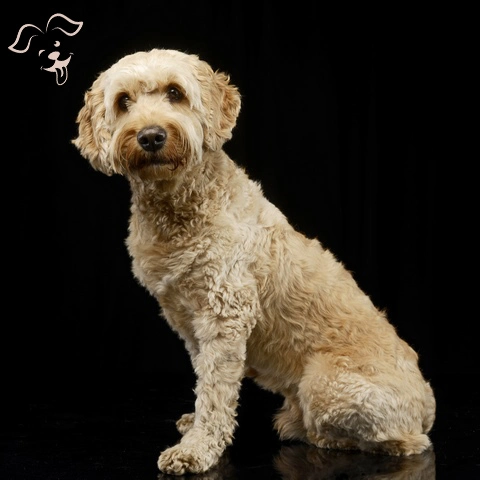
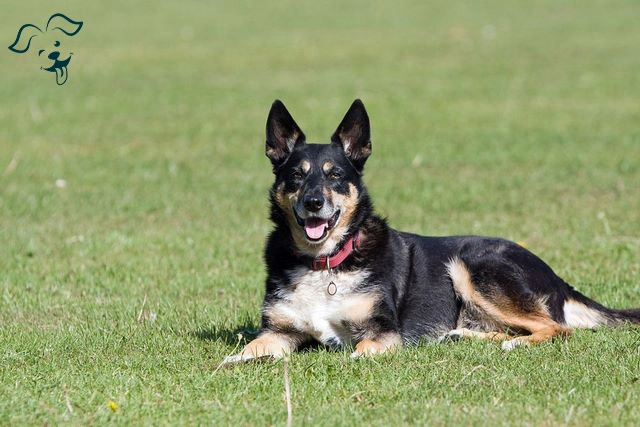
FRIENDLINESS
LIVELINESS
VIGILANCE INTENSITY
ADAPTATION CAPACITY